EXPLORE
35 Odd Musical Instruments You’ve Probably Never Heard Of
Published
2 months agoon
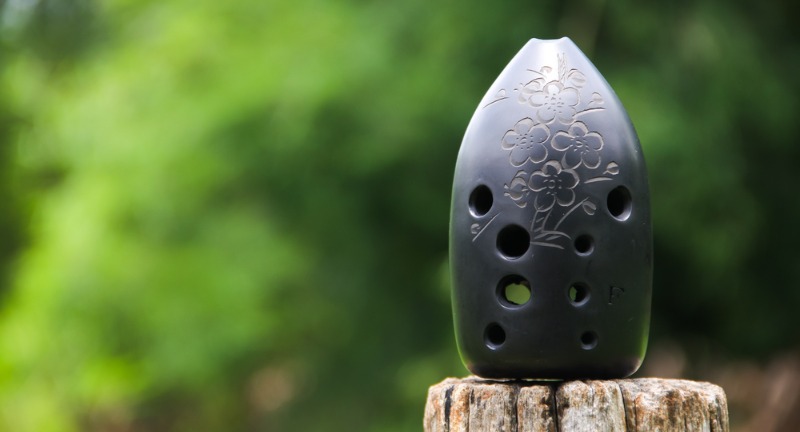
Shutterstock
Music has a knack for keeping us on our toes—especially when it involves instruments that look and sound like they’re auditioning for a sci-fi movie. These aren’t your everyday violins and trumpets; they’re the wildcards of the orchestra, proof that humans will stop at nothing to make noise. Whether ancient, futuristic, or just plain bizarre, each one is a delightful reminder that creativity has no limits. Let’s dive in—just be careful not to trip over the glass harmonica.
Didgeridoo
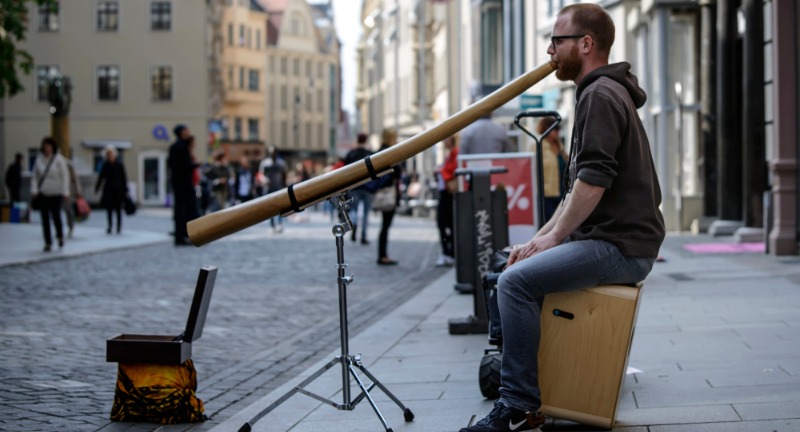
Shutterstock
The didgeridoo, a wind instrument from Indigenous Australian culture, has been around for over 1,000 years. Its deep, resonant drone sounds like the Earth itself is humming a tune. Playing it requires a technique called circular breathing, which is like trying to pat your head and rub your stomach—while breathing through your nose and playing a melody. If you’ve ever fantasized about sounding like a human foghorn, the didgeridoo might just be for you.
Hang Drum
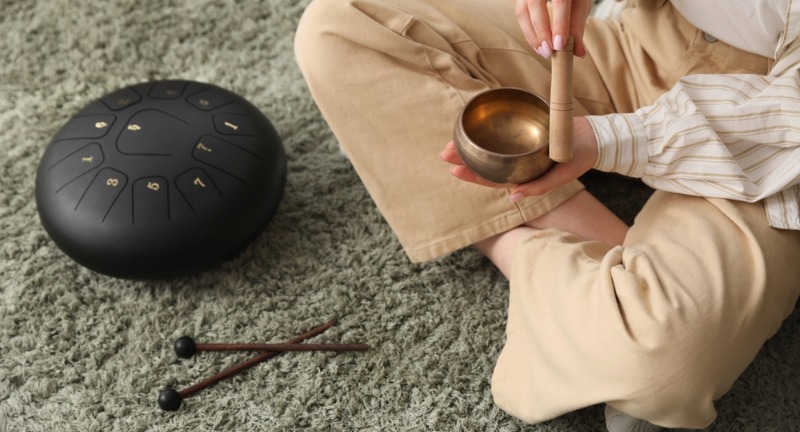
Shutterstock
The hang drum looks like a UFO and sounds just as otherworldly too. Originating from Switzerland, this instrument produces mellow, bell-like tones that can make even your worst day feel like a yoga retreat. It’s designed to be played with your hands, so no sticks or mallets (though some people use them anyway)—either way, the instrument excells at connecting you with the cosmic vibes. Whether you’re jamming or meditating, this drum is pure auditory magic.
Theremin
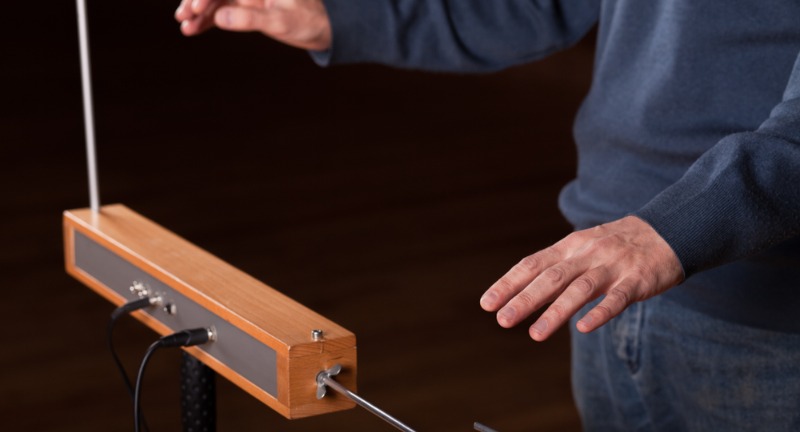
Shutterstock
The theremin has to be the only instrument you play without touching. Invented in the 1920s, it creates eerie, sci-fi movie sounds by waving your hands near two metal antennas. It’s perfect for anyone who’s ever wanted to feel like a musical wizard casting spells. Just be warned: mastering it is about as easy as herding cats in a thunderstorm.
Hurdy-Gurdy
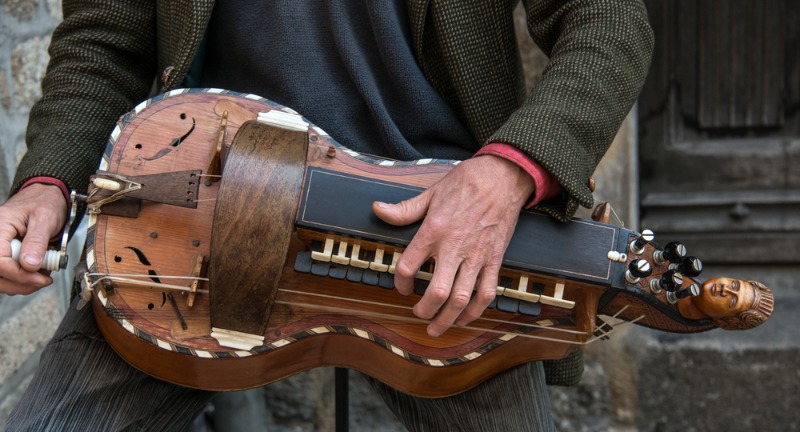
Shutterstock
The hurdy-gurdy is like a violin and a crankshaft had a medieval baby. You crank a wheel that rubs against strings while pressing keys to create a hauntingly beautiful sound. Popular in Renaissance fairs and folk bands, it’s basically the Renaissance version of a synthesizer. Don’t let its name fool you—it’s more sophisticated than it sounds.
Kalimba
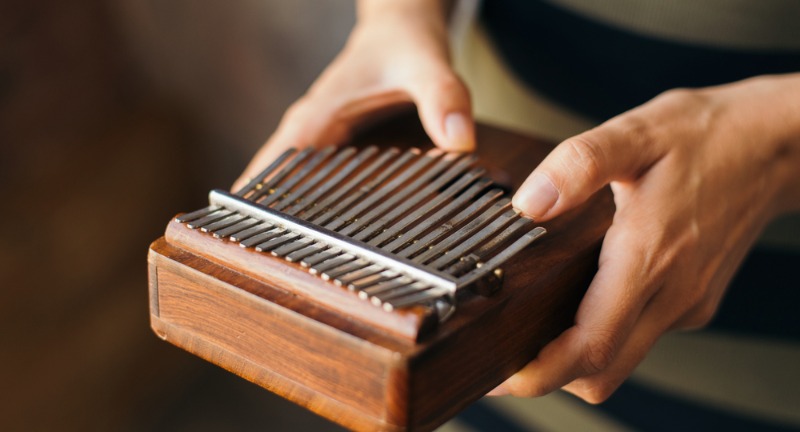
Shutterstock
The kalimba, also known as a thumb piano, fits snugly in your hands and brings sweet, tinkling melodies to life. Originating in Africa, it’s as relaxing to play as it is to hear. Think of it as the musical equivalent of a warm cup of tea on a rainy day. If serenity had a sound, it would probably be a kalimba solo.
Nyckelharpa
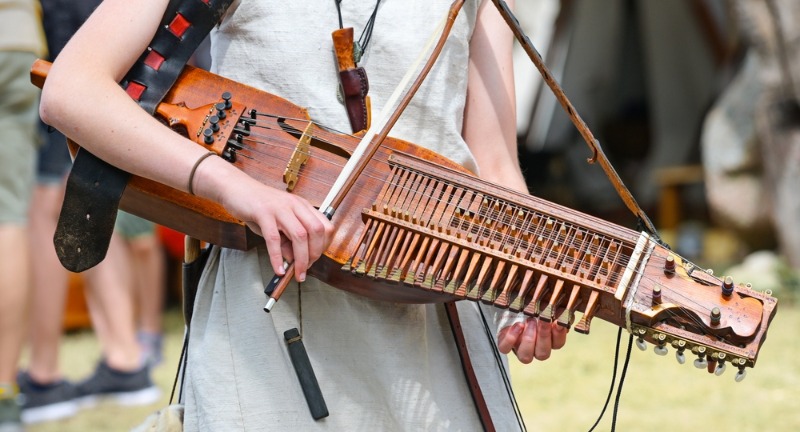
Shutterstock
The nyckelharpa is a Swedish string instrument that’s part violin, part typewriter, and all charm. Played with a bow and a set of keys, it creates an ethereal sound that feels like stepping into a Nordic fairy tale. It’s been around since the Middle Ages, proving that Swedes have been cool for centuries. It’s a reminder that some of the most magical sounds can come from the quirkiest contraptions.
Balalaika
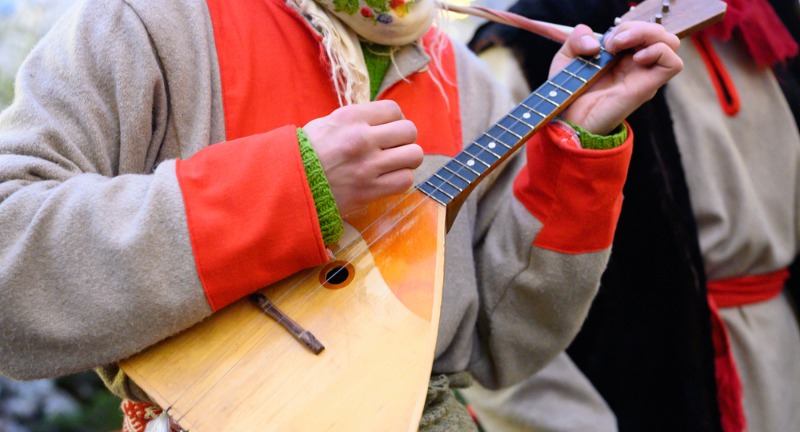
Shutterstock
With its triangular body and three strings, the balalaika is Russia’s answer to the guitar. Its playful, twangy sound can liven up a folk dance or tug at your heartstrings in a soulful ballad. It’s so iconic that it’s practically a symbol of Russian culture, second only to vodka and nesting dolls. Plus, who wouldn’t want to play an instrument that looks like a slice of pizza?
Ondes Martenot
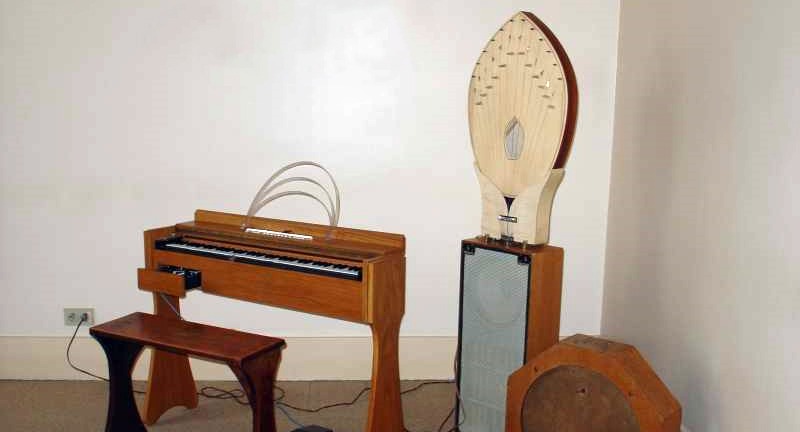
Wikipedia
The ondes Martenot is like the theremin’s sophisticated cousin, offering hauntingly beautiful tones with a keyboard and a ribbon controller. Often used in film scores, it can make an orchestra sound like it’s on the edge of space. It’s like the theremin’s sophisticated cousin—same eerie vibes, but with better manners.
Waterphone
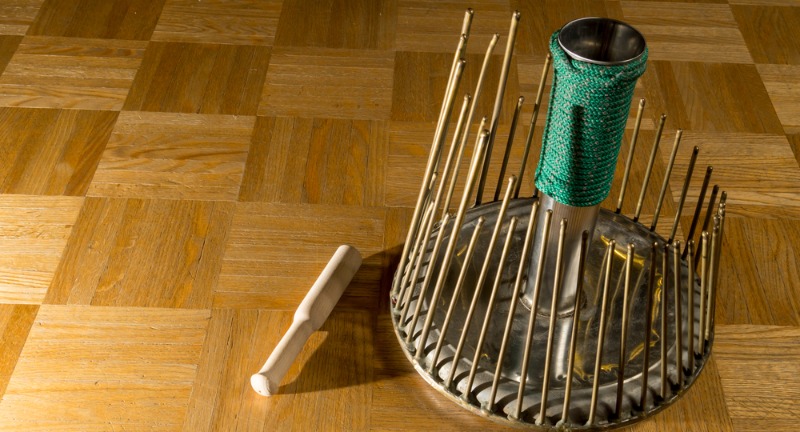
Shutterstock
The waterphone is the go-to instrument for spine-chilling sound effects in horror movies. It’s a mix of a percussion instrument and a resonating bowl, filled partially with water for that signature spooky wobble. Tap or bow it, and you’ll sound like you’re scoring a haunted house. The name is fitting for such a spooky sound, since fewer things are as startling as dropping your phone in the water!
Cajón
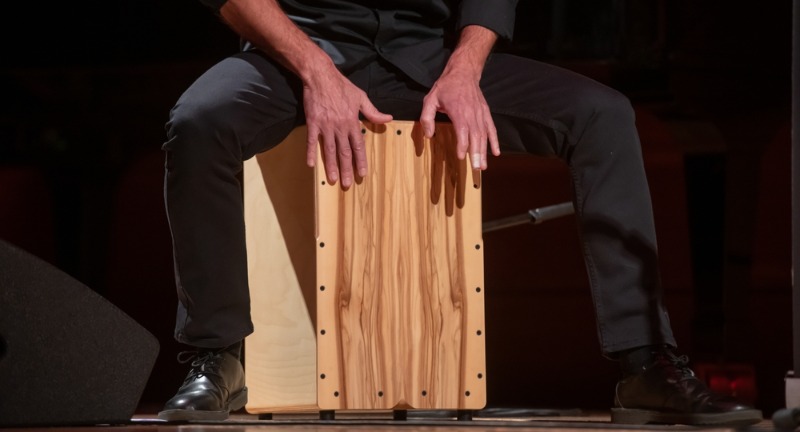
Shutterstock
The cajón is a wooden box drum from Peru that’s as fun to sit on as it is to play. With just your hands and a sturdy rhythm, you can produce everything from bass thumps to snappy slaps. It’s like a drum kit you can carry to a beach bonfire or a jam session. Plus, it doubles as a chair, making it the most practical percussion instrument out there.
Koto
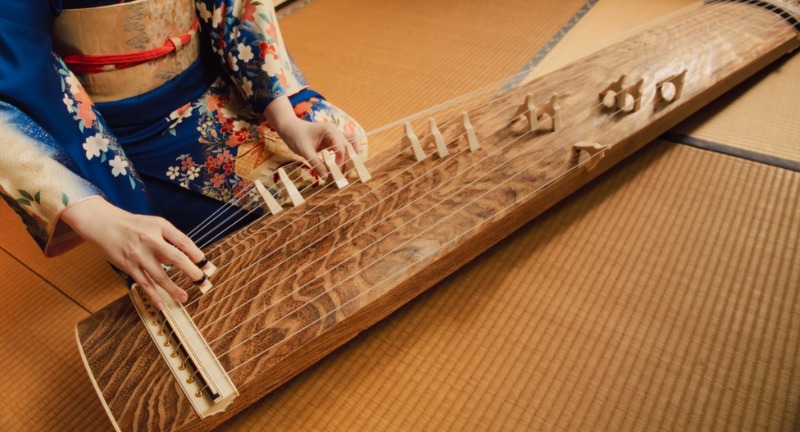
Shutterstock
The koto is a Japanese string instrument that’s both visually and sonically stunning. Its 13 strings are plucked to create delicate, flowing melodies that feel like a gentle breeze through cherry blossoms. It’s been a staple of Japanese music for centuries, adding an air of grace to every performance. If elegance had a sound, it would be the koto’s shimmering tones.
Charango
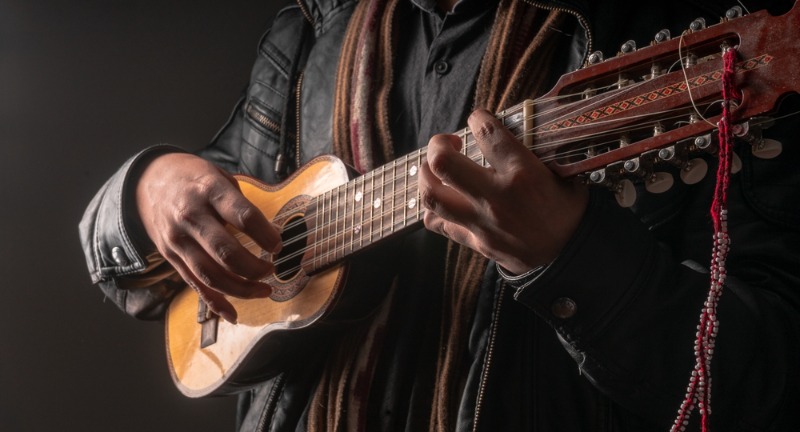
Shutterstock
The charango is basically the ukulele’s cooler, cousin from the Andes. With its tiny, almost toy-like body, which is often made from an armadillo shell (yes, really), it packs a surprisingly rich sound that’s all about proving good things come in small, quirky packages. It’s the kind of instrument that can serenade a mountain range or sound like it’s having a party with a llama. The charango is perfect for when you want to strum something with a little more personality than your average guitar.
Shakuhachi
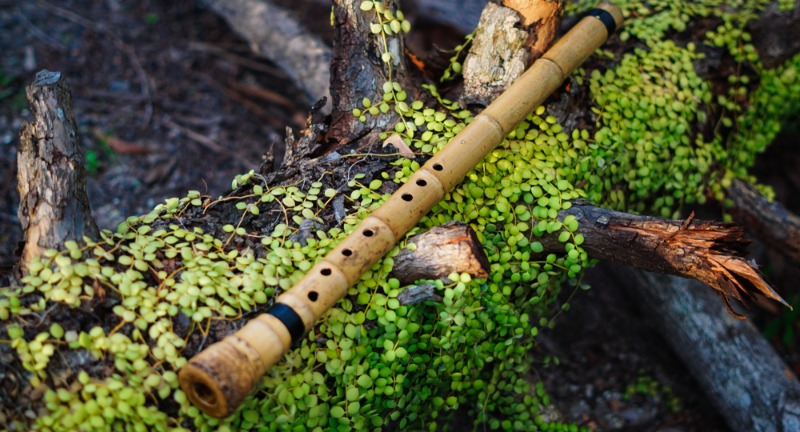
Shutterstock
The shakuhachi is a Japanese bamboo flute that doubles as a tool for meditation and self-expression. Originally used by wandering Zen monks, it’s a masterclass in minimalism—just a hollowed-out piece of bamboo with five finger holes. Its tones can evoke anything from gentle rain to the quiet melancholy of autumn leaves falling. For an instrument with no frills, it has a way of playing straight to the soul.
Sarangi
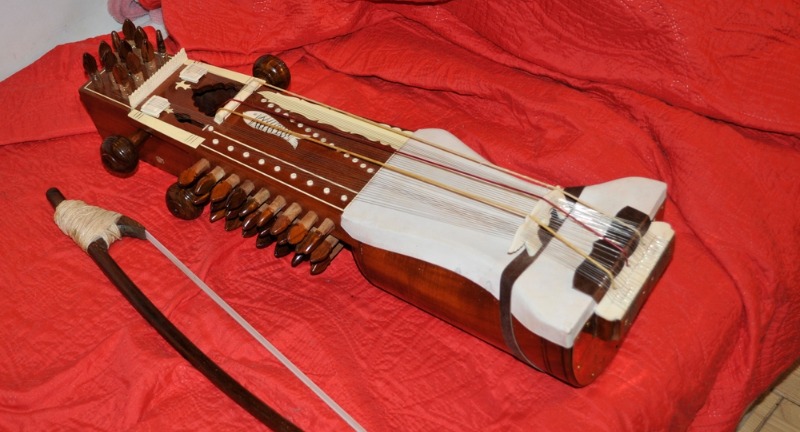
Shutterstock
The sarangi is India’s answer to the question, “What if emotions had strings?” With its 37 sympathetic strings and rich, vocal-like tone, this bowed instrument is a cornerstone of Indian classical music. Played by masters who make it sound like it’s singing, the sarangi has a reputation for tugging heartstrings as much as bowstrings. It’s less an instrument and more a direct hotline to your feelings.
Erhu
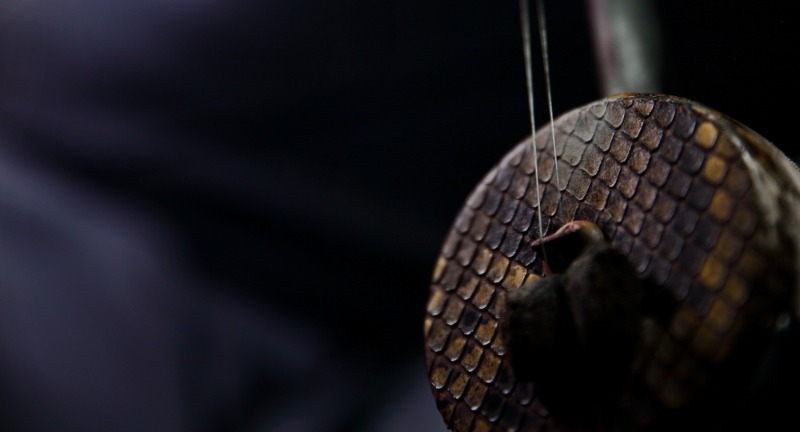
Shutterstock
The erhu, with just two strings, produces a sound so expressive it’s been called the “soul of Chinese music.” This bowed instrument can convey everything from joy to heartbreak with haunting precision. Its snakeskin-covered resonator gives it a unique timbre, and yes, that detail makes it as cool as it sounds. Playing the erhu is like painting vivid emotional landscapes with a bow as your brush.
Duduk
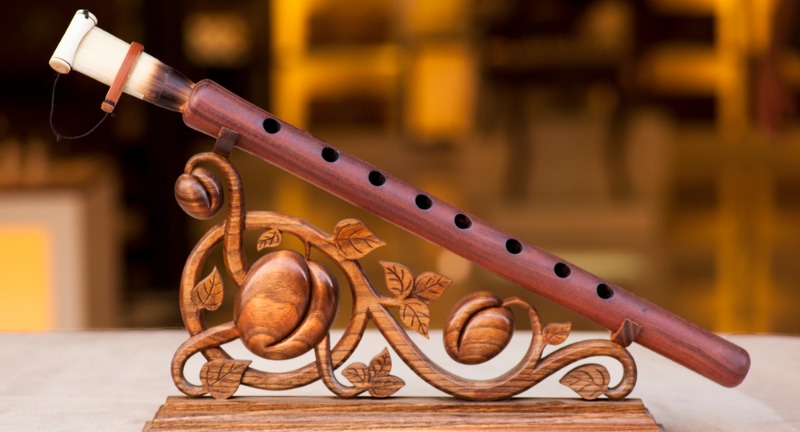
Shutterstock
The duduk, a double-reed instrument from Armenia, creates music so mournful it’s practically a musical tear. Made from apricot wood, its deep, velvety tones are often used in film scores to evoke heartbreak or nostalgia. Played for over 1,500 years, it’s more than an instrument—it’s a voice for the soul of a culture. The duduk doesn’t just play notes; it tells stories.
Zither
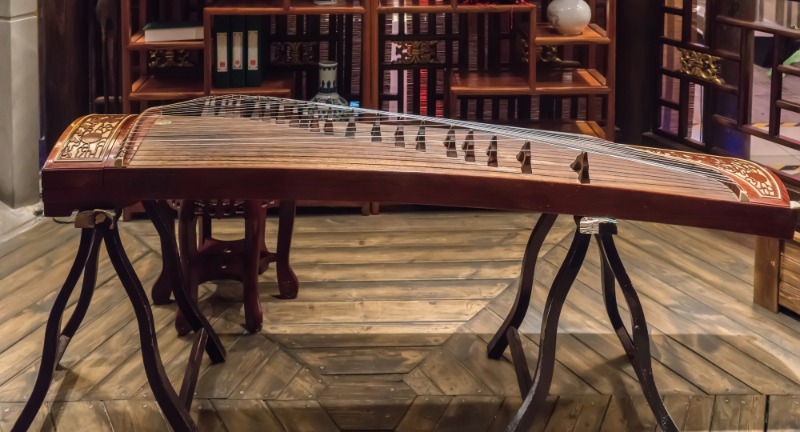
Shutterstock
The zither is a string instrument that’s part instrument, part work of art. Popular in central Europe, it lies flat as the player plucks and strums melodies that can range from lively folk tunes to dreamy serenades. It’s famously featured in the soundtrack of “The Third Man,” giving noir films a dash of old-world charm. Playing a zither is like weaving an audible tapestry, one note at a time.
Taiko Drum
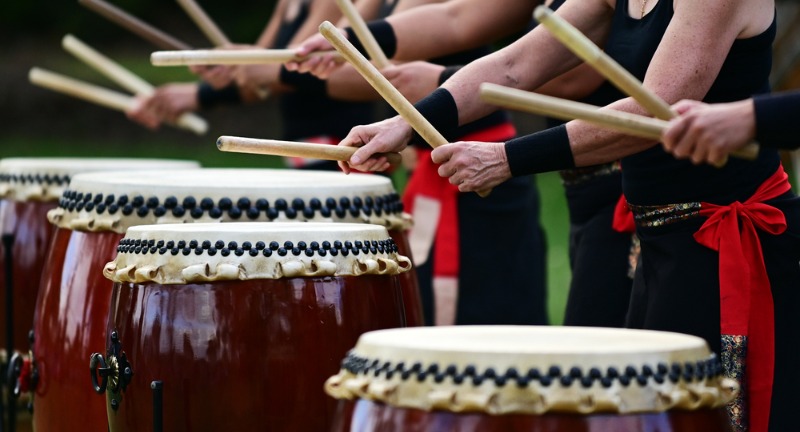
Shutterstock
The taiko drum doesn’t just make music—it makes an impact… literally! Originating in Japan, these massive drums are played with such power and precision they could make thunder jealous. Taiko drumming is often as much about the visual performance as the sound, with players moving in sync like martial artists. It’s not just music; it’s an adrenaline-pumping spectacle.
Bouzouki
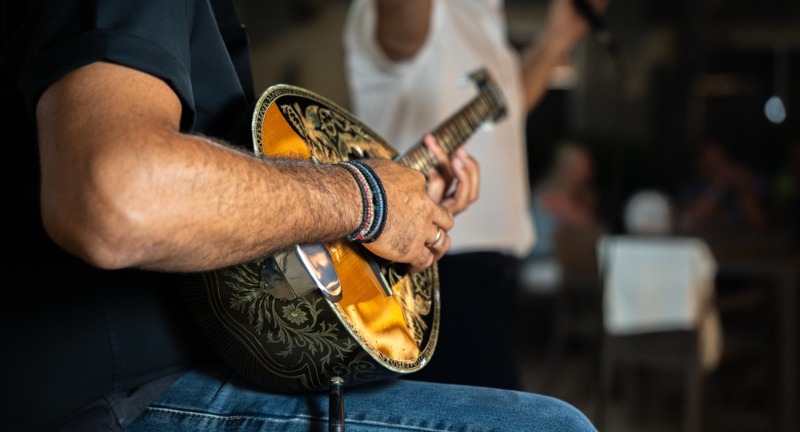
Shutterstock
The bouzouki is like the guitar’s Mediterranean cousin, with a longer neck and a sound that’s a little sharper and more dramatic. It has roots in Greek folk music but can easily find its place in just about any genre, adding a distinctive twang that’s instantly recognizable. Whether it’s playing a lively folk tune or setting the mood for something a bit more mysterious, the bouzouki brings depth and character to the mix. It’s the kind of instrument that demands attention without trying too hard.
Sitar
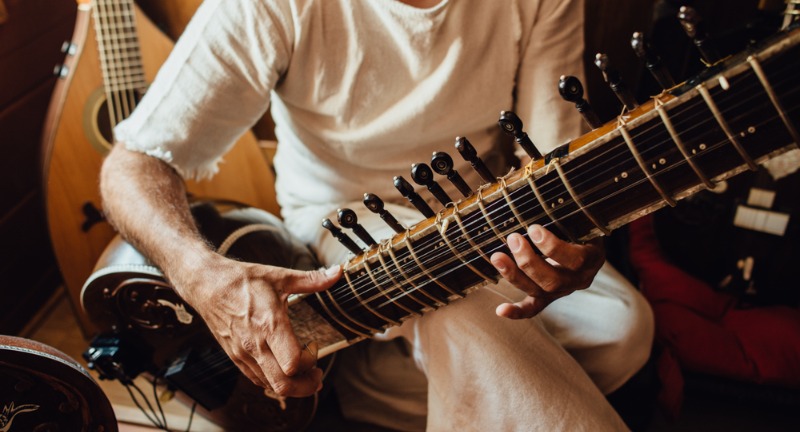
Shutterstock
The sitar is an Indian string instrument that practically drips with mysticism. With its resonating strings and intricate fretwork, it’s capable of creating cascading melodies that feel almost otherworldly. Ravi Shankar introduced it to the world stage, famously inspiring The Beatles and countless others to produce their own music in a never-ending cascade of inspiration.
Hulusi
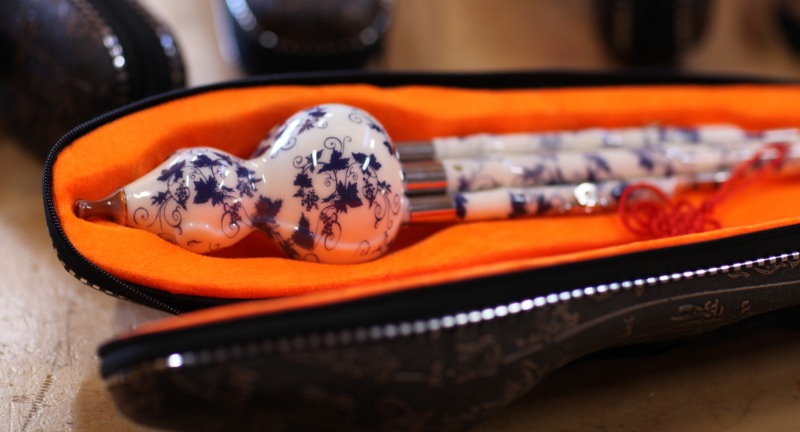
Shutterstock
The hulusi, a free-reed wind instrument from China, looks as enchanting as it sounds. With its gourd-like body and bamboo pipes, it produces a silky, melodic tone that’s as calming as a lullaby. In contrast to the eccentricities of the other instruments on this list, the hulusi is proof that simplicity can be stunningly beautiful.
Cimbalom
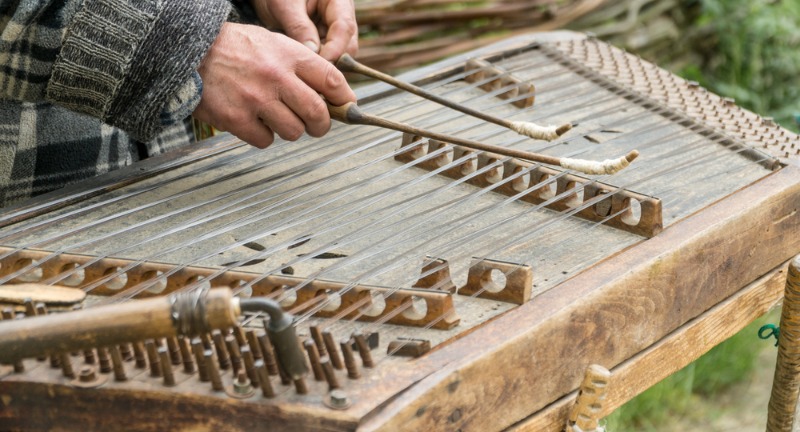
Shutterstock
The cimbalom is like a piano that decided it didn’t need keys and went for strings you strike with mallets instead. A Hungarian favorite, it’s the heartbeat of gypsy jazz and folk music, creating cascading melodies that seem to dance on the air. Its size makes it look like a small table, but don’t even think about setting your drink on it! Cimbaloms can easily reach eye-watering prices, especially if you’re looking at hand-crafted versions, where the cost is often as intricate as the craftsmanship itself.
Gamelan
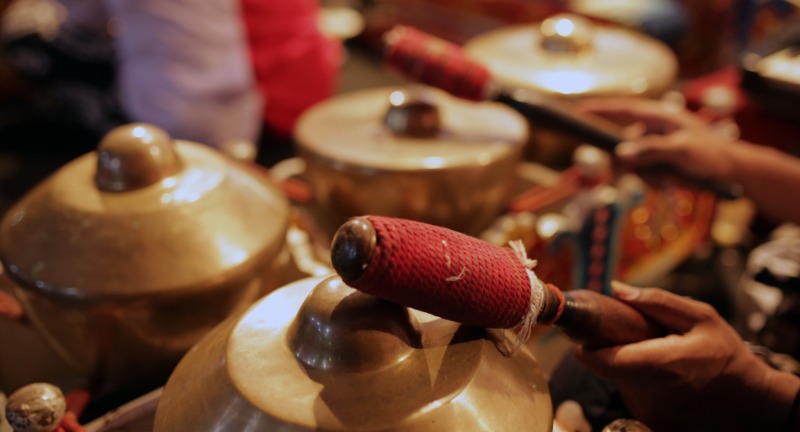
Shutterstock
Gamelan isn’t just an instrument—it’s an entire orchestra from Indonesia, featuring gongs, drums, and metallophones. Playing it requires teamwork, precision, and a serious love of shimmering, hypnotic soundscapes. If you’ve ever wanted your life to have a calming yet mysterious soundtrack, this is it. Just don’t expect to fit it all in your living room without evicting your couch first!
Cuíca

Shutterstock
The cuíca is a Brazilian percussion instrument that sounds like a cross between a laugh and a squeak. It’s basically a drum with a stick inside that you rub to create its signature, almost animal-like tone. Perfect for samba, it adds a cheeky personality to any rhythm section. If instruments had emojis, the cuíca would be the winking face with its tongue out.
Continuum Fingerboard
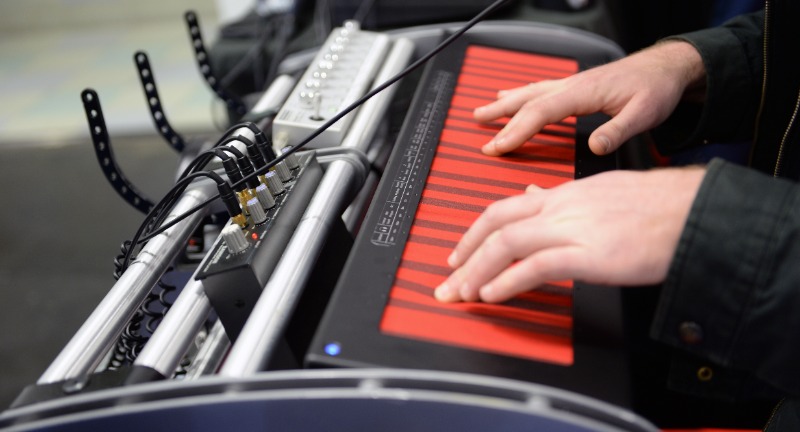
Wikipedia
The Continuum Fingerboard is a sleek, touch-sensitive instrument that looks like a keyboard but plays like a dream. You slide, tap, and glide your fingers across its surface to create everything from silky melodies to alien soundscapes. It’s a favorite of experimental musicians and anyone who’s tired of boring old buttons.
Psaltery
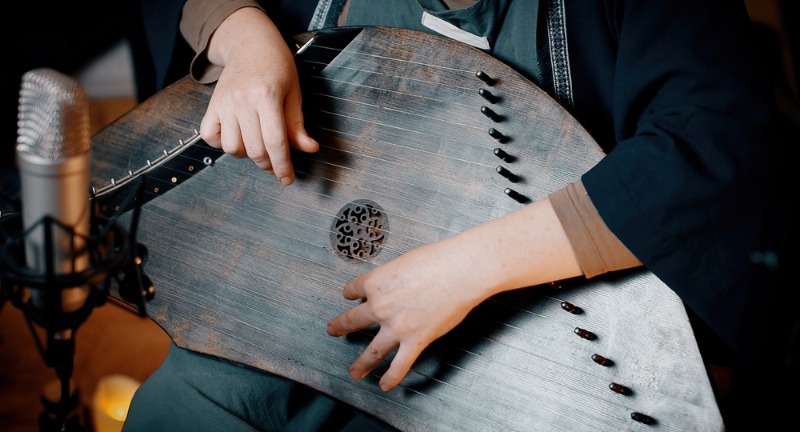
Shutterstock
The psaltery is like a harp that decided to downsize and keep things simple, offering a peaceful, melodic sound with just fewer strings to worry about. It’s been around for centuries, but don’t let its ancient roots fool you—this little instrument can still steal the spotlight. Whether you’re plucking or bowing, the psaltery sets an incredibly cozy atmosphere, perfect for moments when you want music that feels like a warm hug.
Sheng
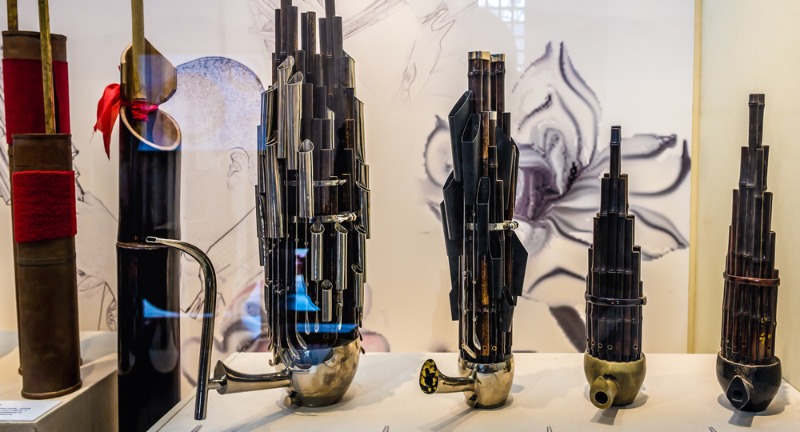
Shutterstock
The sheng is a Chinese mouth organ that looks like a bundle of bamboo pipes but sounds like pure magic. As one of the oldest wind instruments, it inspired the design of modern pipe organs. Its unique ability to produce multiple notes at once means it can play chords—a rarity in wind instruments. The sheng is living proof that good things come in bamboo packages.
Crwth
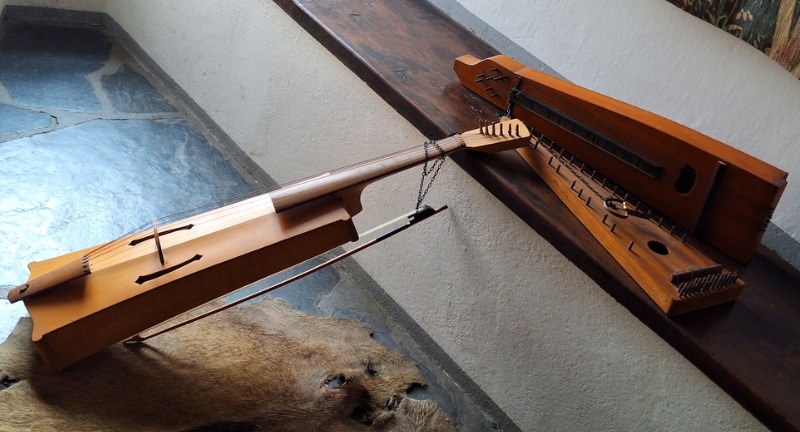
Shutterstock
The crwth is a medieval instrument that looks like it was designed by someone who didn’t quite get the memo on “ergonomics.” Despite its strange, boxy shape, it produces a surprisingly rich, deep sound, as if it’s trying to prove it’s more than just a historical oddity. The music it produces is very pronounced, which is ironic, since the instrument’s name is almost impossible to pronounce.
Guqin
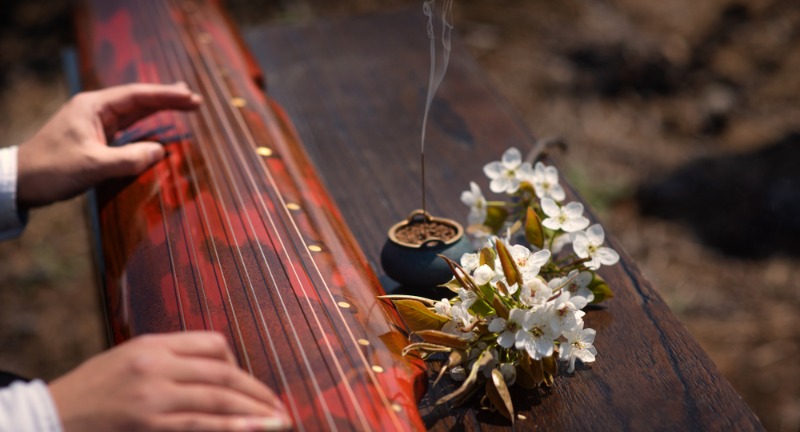
Shutterstock
The guqin, a Chinese zither, is the epitome of musical minimalism—no bells, no whistles, just seven strings and a whole lot of soul. Its soft, contemplative tones are perfect for late-night musings or impressing sages. Confucius himself was a fan, so playing it might just boost your philosophical credibility. With a guqin in hand, you’re not just a musician—you’re a thinker.
Glass Harmonica
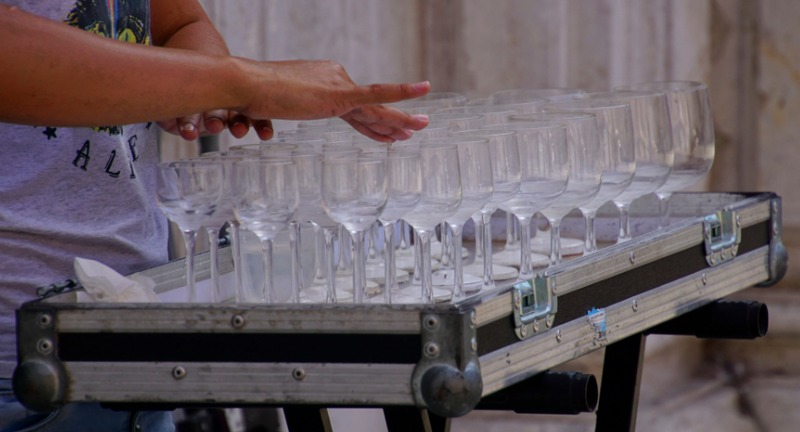
Shutterstock
The glass harmonica, invented by Benjamin Franklin, looks like a spinning science experiment and sounds like angels sighing. By rubbing wet fingers on rotating glass bowls, you create hauntingly beautiful melodies. If nothing else, the music is better than the other sound a glass can make, which sounds more like an abrupt and accidental crash!
Bandoneón
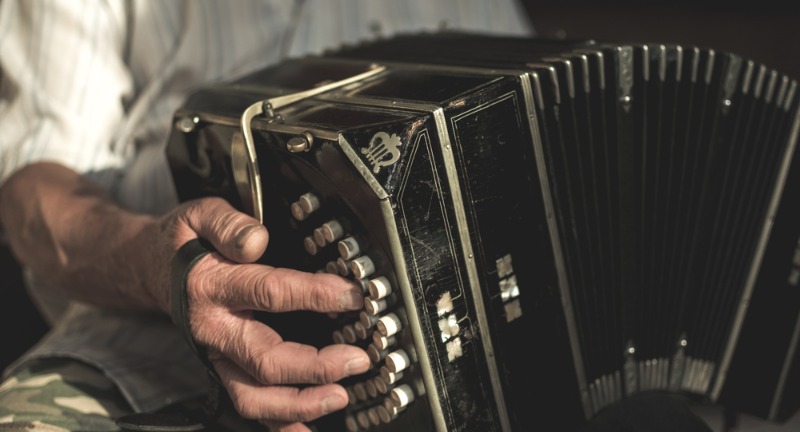
Shutterstock
The bandoneón is the soulful squeeze-box behind Argentina’s most passionate tangos. With buttons instead of keys, it requires dexterity and a flair for the dramatic. Its melancholy tone is perfect for music that tugs at your heartstrings and makes you want to embrace someone. Playing the bandoneón isn’t just music—it’s pure romance.
Khlui
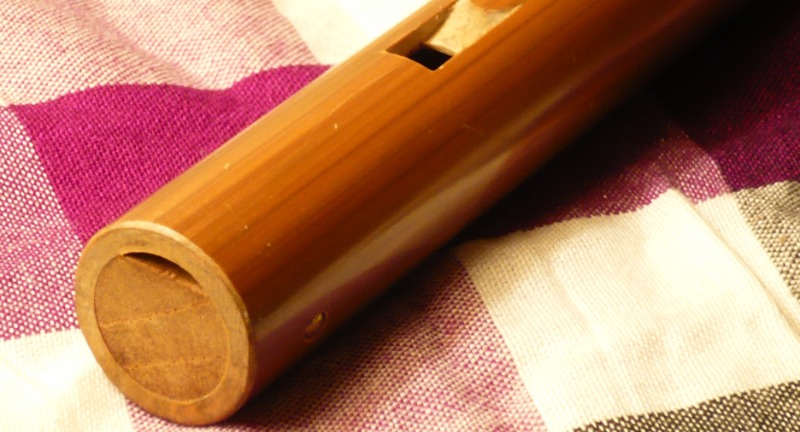
Wikipedia
The khlui is a Thai flute that’s been serenading ears since the Ayutthaya Kingdom. Carved from bamboo or hardwood, it creates a sweet, melodious tone perfect for calm evenings or temple visits. It’s so user-friendly that even beginners can produce beautiful music—no accidental squeaks attached.
Xun
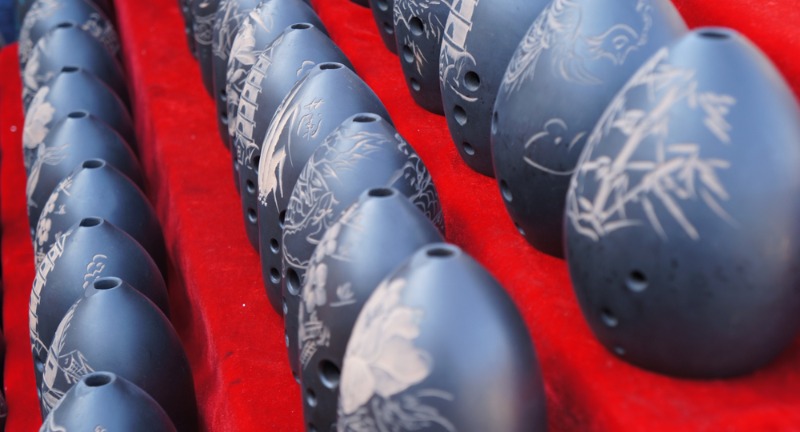
Shutterstock
The xun, a Chinese clay ocarina, looks like a prehistoric artifact but plays with surprising sophistication. Its earthy, mellow tone feels like a whisper from the past, evoking ancient landscapes and forgotten stories. With no moving parts, the simplicity of the resulting sound is among the most refined of all musical instruments. Playing the xun is like carrying a piece of history in your pocket—and sounding great while doing it.
Santur
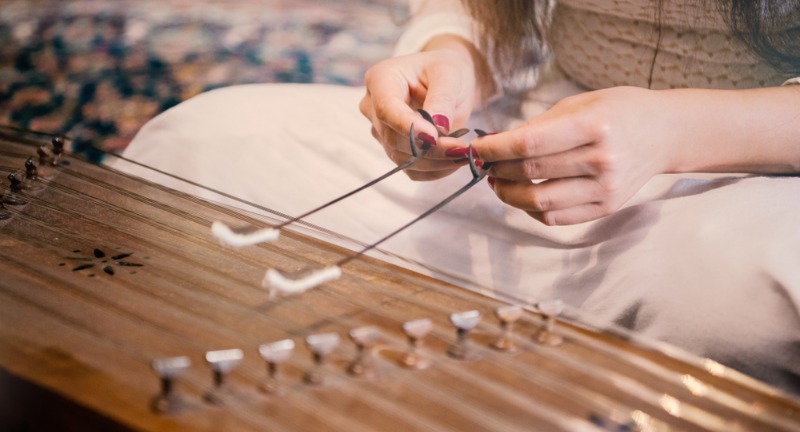
Shutterstock
The santur is a hammered dulcimer from Persia, with strings stretched across a wooden trapezoid that produce celestial tones. Played with delicate hammers, it’s like listening to raindrops dancing on glass. Its name means “one hundred strings,” though thankfully, you don’t have to tune them all at once. The santur is music at its most enchanting—a soundscape of dreams and poetry.
Tumbi
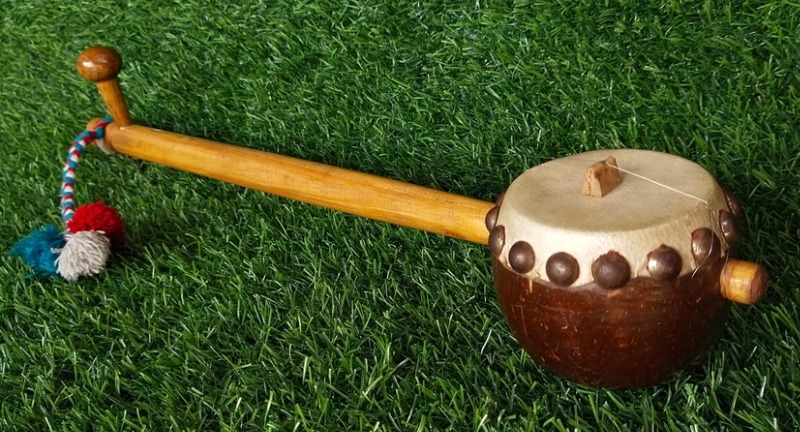
Shutterstock
The tumbi is the one-string wonder of Punjabi music, proving that less really is more. Its plucky, rhythmic sound is the backbone of countless bhangra hits, making it the life of any musical party. Lightweight and easy to carry, it’s the ultimate grab-and-go instrument for spontaneous jam sessions. With the tumbi, all you need is one string to steal the show.
Conclusion
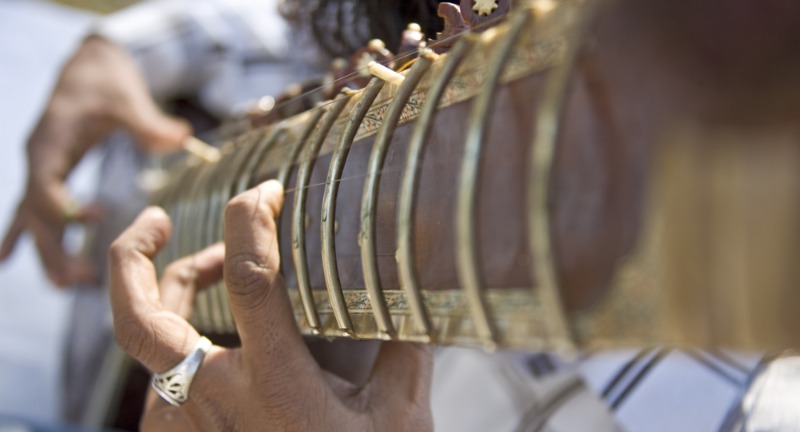
Shutterstock
Well, there you have it—an orchestra with instruments that are beautiful and innovative, if not a little weird. Next time you’re tired of the same old guitar riffs, remember: there’s a whole arsenal of quirky instruments just waiting to make some noise! Who knows, you might just find your new favorite—because nothing says “I’m a music innovator” like rocking out on a bouzouki.
More From Bon Voyaged
-


30 Beaches So Beautiful You’ll Rethink Your Next Vacation
-


25 Fascinating Facts About Iceland: The Land of Fire and…
-


11 Most Beautiful Places In The World
-


Relatable Wedding Moments We Know Too Well
-


9 Strange Places Totally Off Limits
-


27 Wellness Inspired Trips To Add To Your Bucket List
-


29 Incredible Landscapes That Look Photoshopped—But Aren’t!
-


9 Spookiest Places In The USA
-


10 Fascinating Facts About The Moon
-


9 Craziest Natural Phenomenons From Around The World
-


30 Reasons Why Australia Deserves a Spot on Your Travel…
-

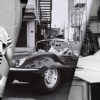
Rare Photos From History That You Probably Haven’t Seen Before

